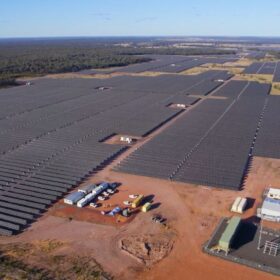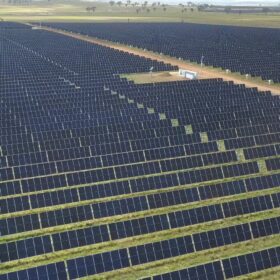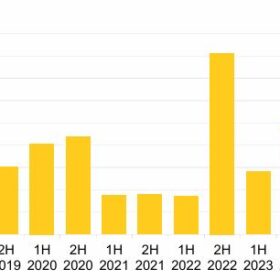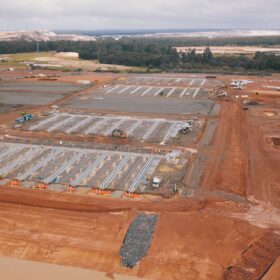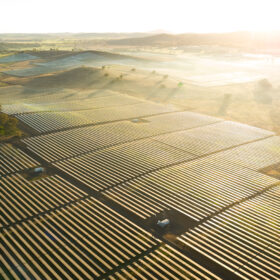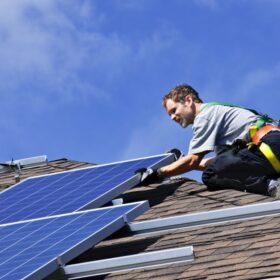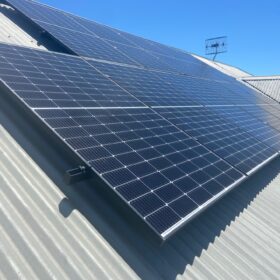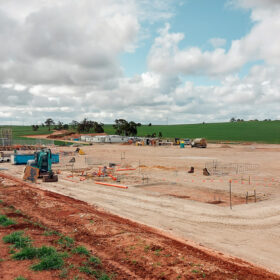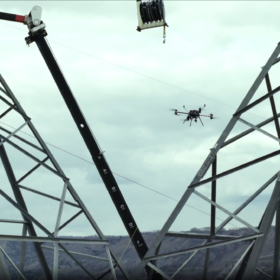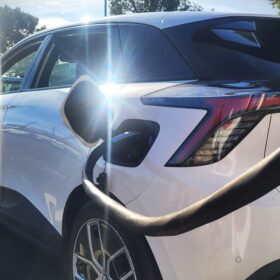Stor-Energy lodges plans for up to 3,530 MWh of storage at three sites
The proposed battery energy storage systems would provide long-duration storage across two battery systems at three sites in Queensland and New South Wales.
NSW pumps up solar, wind and energy storage targets
New South Wales has announced plans to fast track tenders for solar, wind, and long-duration energy storage, and significantly increase the targeted capacity, as it prepares for the exit of coal-fired power generation.
Indonesia announces 100 GW solar, storage minigrid plan
The new initiative features plans for 1 MW solar minigrids tied with 4 MWh of accompanying battery energy storage, to be deployed across 80,000 villages, alongside 20 GW of centralised solar power plants.
Investment in solar, wind drops 64% as headwinds blow
Investment in new large-scale solar and wind in Australia fell by 64% year-on-year in the first half of 2025 as grid bottlenecks, slow planning approvals, higher costs, and social licensing issues took a heavy toll.
CIS targets 1.6 GW of generation and 2.4 GWh of storage for WA
The focus of the federal government’s Capacity Investment Scheme has turned to Western Australia with two tenders to open later this month seeking 1.6 GW of renewable generation, such as solar and wind, as well as 2.4 GWh of dispatchable capacity, such as battery energy storage.
Australia can hit an 85% emissions cut by 2035 – if government and business seize the moment
Discussions are hotting up over Australia’s 2035 emission reduction target, which the federal government is due to reveal by September this year. It will be a crucial announcement, for several reasons.
60% of Queensland electricity from rooftop solar by 2035 a ‘no-brainer’
A Queensland report says 60% of the states’ electricity could be generated by rooftop solar and distributed battery storage by 2035, if the state supports a host of initiatives resulting in further rollout of consumer energy resources.
Draft review maps consumer energy resources integration reform
Solar generation and rooftop solar are among the biggest catalysts of change to the National Electricity Market, which a draft government review aims to stabilise and improve through nine reform recommendations.
Tindo to scale up production capacity with Solar Sunshot support
Australian solar module manufacturer Tindo Solar will look to ramp up domestic production capacity after securing funding through the federal government’s $1 billion Solar Sunshot Program.
Pacific Green and Zen Energy sign 1.5 GWh BESS tolling agreement
UK-based battery developer Pacific Green has entered into an agreement with Australian energy retailer Zen Energy for 10-year tolling arrangements across three of its planned battery energy storage system projects.
